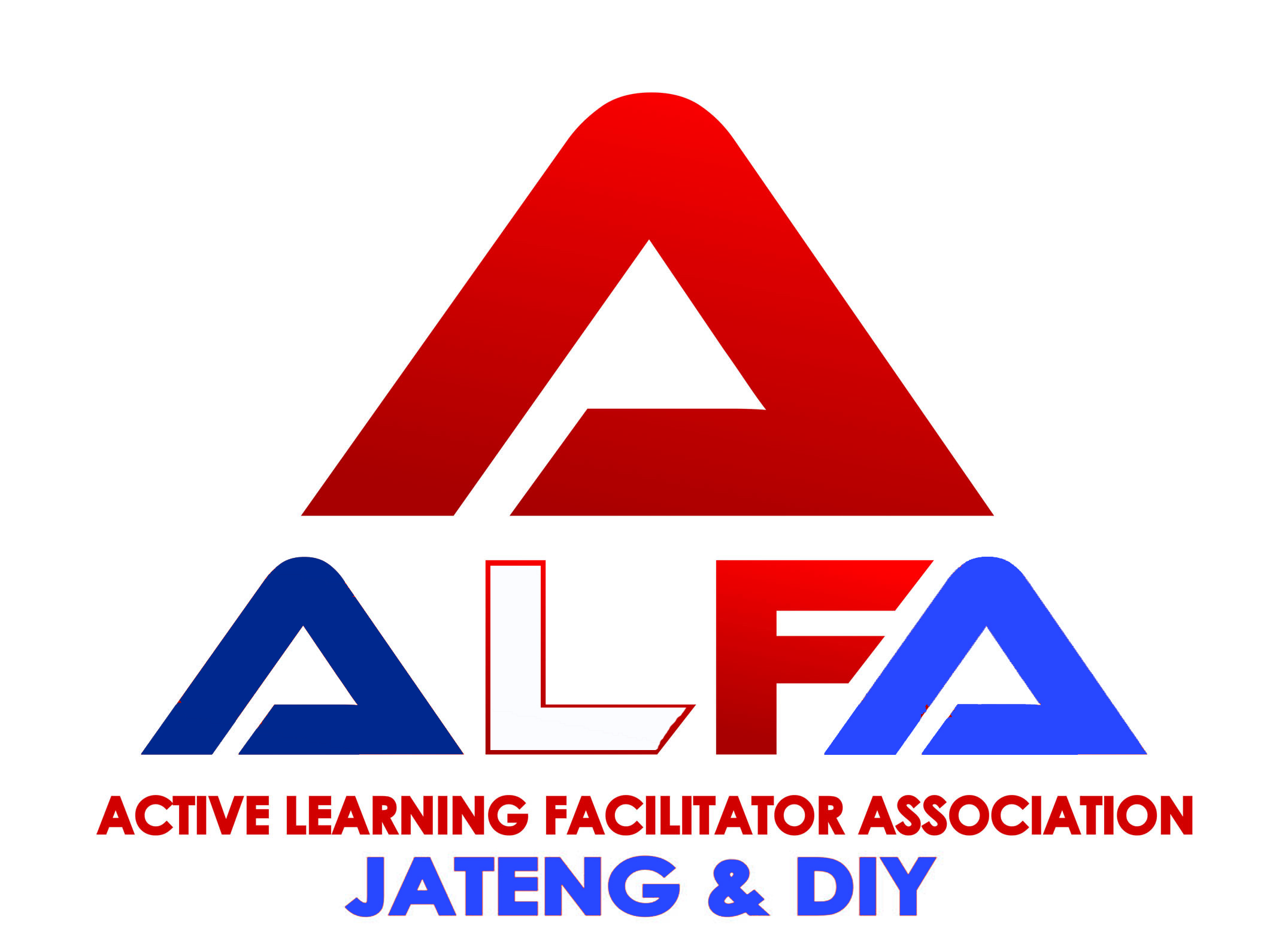Efectiveness of Problem Based Learning Models by Using E-Learning and Learning Motivation Toward Students Learning Outcomes on Subject Circullation Systems
Abstract
The development of technology-based learning today is growing rapidly, the use of which combines the computer with the network is a growing up. One of them is e-Learning. By combining the use of eLearning with Problem Based Learning model and motivation is expected to be effective in improving learning student’s outcomes of circulatory material. Learning is not merely media or model, but motivation has an effect on learning. This research was conducted to measure the effect of PBL model applied with e-Learning and motivation to student outcomes. The method of research is Quasi Experiment with Two Way Anova Design. This study was conducted at SMPK St. Paulus Jakarta in May-June 2017. The data showed normal and homogeneous values (p> 0.05) with a sample size of 30 people. Result of research using two way anova test got data that p value = 0.000, mean p <0.05 (reject H0). The conclusion is that (1) there is influence of PBL model by using e-Learning to student outcomes, (2) there is influence of motivation to student outcomes, and (3) there is interaction between PBL using e-Learning and motivation to student outcomes.
Keywords: e-Learning, motivation, problem based learning, student learning out comes
Full Text:
PDFReferences
Adawi, R. (2012). Pembelajaran Berbasis e-Learning. Jurnal Universitas Negeri Medan.1 (1): 10-21.
Anderson, RW, Krathwohl DR. (2001). A taxonomy for learning, teaching, and assessing: A revision of Bloom’s Taxonomy of Educational Objectives. New York: Long Man.
Buzan, T. (2012). Buku Pintar Mind Alonso, F. 2005. An instructional model for web-based e-learning education with a blended learning process approach. British Journal of Educational Technology.1 (1): 217-235.
Arikunto, S. (2006). Prosedur Penelitian Suatu Pendekatan Praktik. PT Asdi Mahasatya, Jakarta.
Arkortful, V and Nelly, A. (2014). The role of e-Learning the advantages and disadventages of its adoption in higher education. International Journal of Education and Research. 1(1): 397-410.
Baden, M.S., & Major, C.H. (2004). Foundations of problem-based learning. London: Open University Press.
Bloom, B.S. and Krathwohl, D. R. (1956) Taxonomy of Educational Objectives: The Classification of Educational Goals, by a committee of college and university examiners. Handbook I: Cognitive Domain. New York: Longmans, Green
Klemm, W. R, (2007). What Good is Learning if You Don’t Remember it?. Journal of Effective Teaching. 7 (1): 61-73.
Dasna, I. W dan Sutrisno. (2012). Pembelajaran Berbasis Masalah. Pendidikan Sains. 1 (1): 1-12.
De Graaff, Erik, dan Kolmos Anette. (2003). Research on PBLPractice in Engineering Education. Rotterdam: Sense Publisher.
De Grave, M. J., &Hommes J. (2003).The role of the tutor in a problem-based learning curriculum. Maastricht: UniversitairePers Maastricht.
Dimyanti dan Mujdiono. (2009). Belajar dan Pembelajaran. Jakarta: RinekaCipta.
Djamarah, Syaiful Bahri dan Aswan Zain. (2010). Strategi Belajar Mengajar. Jakarta: Rineka Cipta.
Dochy, F., et al. (2003). Effect of problem based learning: a meta-analysis. Learning and Instruction. 1 (1): 267-273.
Dolmans, D.H.J.M., & Wolfhagen, H.A.P. (2005). Complex interaction between tutor performance, tutorial group productivity and the effectiveness of PBL units as perceived by students.Advance in health Sciences Education, 1 (10): 253-261.
Fauziah, Resti, Ade Gafar Abdullah, Dadabg Lukman Hakim. (2013). Pembelajaran Saintifik Elektronika Berbasis Pembelajaran Berbasis Masalah. Invotec. 9 (2): 100-110.
Fitrie, A.D. (2016). Penerapan Problem Based Learning dalam Kurikulum
Berbasis Kompetensi.JMJ Jurnal.4 (1): 95-100.
Harandi, S. R. (2015). Effects of eLearning on students' motivation.Journal Social and Behavior Science. 1 (1): 12-25.
Herbackova, K &Eliska, S. (2016). SelfDetermination Approach to Understanding of Motivation inStudents of Helping Professions. Journal Social and Behavior Science. 1 (1): 256-261.
Junquiera, L. C, dan Jose, C. (2007). Histologi Dasar: Text dan Atlas, Edisi 10. Terjemahan Jan Tambayong. Jakarta: EGC.
Kent, C., Esther, L., dan Sheizaf, R.. (2016). Interactivity in online discussions and learning outcomes. Journal Social and Behavior Science. 1 (1): 187-192.
Kreitner, Robert dan Kinicki. (2008). Organizational Behavior. 8th Edition. Boston: McGraw-Hill.
Kunandar. (2015). PenilaianAutentik: Suatu Pendekatan Praktis. Jakarta: Raja Grafindo Persada
Kyabartaite, A. (2005). Review of eLearning/ e-Teaching practices and technologies. European Virtual Campus for Biomedical Engineering.1 (1): 121-129.
Liu, M.H. (2016). Blending a class video blog to optimize student learning outcomes in higher education. Internet and Higher Education. 1(1): 253-267.
Moore, J.L., Camilla, D.D., Krista, G. (2011). E-Learning, online learning, and distance learning environments: Are they the same? Internet and Higher Education. 1(1): 23-27.
Munawarah, Maryono, Ramdani. (2015). Penerapan Model Pembelajaran Tipe STAD untuk Meningkatkan Motivasi dan Hasil Belajar Siswa Kelas XIS-3 SMAN 3 Lau Maros. Prosiding Simposium Nasional Inovasi dan Pembelajaran Sains. 1(1): 433-436.
Natsir, M. (2004). Stategi Pembelajaran Fisika. Makasar : Laboratorium Jurusan Fisika Universitas Negeri Makasar. Jurnal Pendidikan. 1 (1): 74-81.
Nikmah, E.H., Achmad F, Yuswanti, A. W. (2015). Model Teams Achievement Divisions (STAD), Keaktifan Dan HasilBelajarSiswa.Pancaran. 4 (4): 18-27.
Nikou, S. A. and Anastasios, A.E. (2016). The impact of paper-based, computer-based and mobile-based self-assessment on students’ science motivation and achievement. Journal Computer and Phscycology. 1 (1): 90-99.
Nugraheni, F. (2007). Hubungan motivasi belajar terhadap hasil belajar mahasiswa.JurnalPendidikanUnive rsitasMuria Kudus.1 (1): 32-46.
Orlich, D. C. (2010). Teaching Strategies: a Guide to Effective Instruction, Ninth Edition.Bostob: Wadsworth.
Osman, K., dan Kaur S. J.. (2014). Evaluating Biology Achievement Scores in an ICT Integrated PBL Environment. Eurasia, Journal of Mathemathic, Science, and Techonology. 10 (3): 185-194.
Puspitarini, W. (2015). Penerapan Metode Pembelajaran Kooperatif Model STAD (Student Teams Achievement Divisions) Dalam Materi Program Linier dapat Meningkatkan Hasil Belajar Siswa. Pancaran.4 (4): 163-176.
Rusmono. (2012). Strategi Pembelajaran Dengan Problem Based learning itu Perlu Untuk Meningkatkan Profesionalitas Guru. Bogor: Ghalia Indonesia.
Santrock, J.W. (2007). Psikologi Perkembangan. Edisi 11 Jilid 1. Jakarta: Erlangga
Schunk, D.H. (2012). Learning Theories an Educational Theories. US: Pearson.
Setyawan, S., Wiwiek E.B., Sudarsono. (2013). The Effect of Using Student Teams-Achievement Divisions (STAD) Technique on the Eleventh Grade Students Structure Achievement. Pancaran. 2 (3): 211-222.
Setyowati. (2007). Pengaruh Motivasi Belajar Terhadap Hasil Belajar Siswa Kelas VII SMPN 13 Semarang. Jurnal Pendidikan Sains.1 (1): 12-18.
Sindu, I.G.P., I.W Santayasa, dan I. W. SukraWarpala. (2013). Pengaruh Model E-Learning Berbasis Masalah Dan Motivasi Belajar Terhadap Hasil Belajar KKPI Siswa SMK. E-Jurnal Program PascasarjanaUniversitasPendidika nGanesha. 1 (1): 1-8.
Slavin, R.E. (2008). Cooperative Learning: Teori, Riset, danPraktik. Bandung: Nusa Media.
Sriarunrasmee. J., Praweenya,
S. and Pimpan, D. (2015). Virtual Field Trips with Inquiry learning and Critical Thinking Process: A Learning Model to Enhance Students’ Science Learning Outcomes: Procedia. 1 (17): 89-95.
Sudjana, N. (2009). Penelitian Hasil Proses Belajar Mengajar. Bandung: PT Remaja Rosdakarya.
Suyanto, A.H. (2015). Pengenalan eLearning. Jurnal Komputer. 1 (1): 1-6.
Taylor, D., &Miflin, B. (2008). Problembased learning: where are we now? Medical teacher. 1 (30): 742- 763.
Trianto. (2007). Model Pembelajaran Terpadu Dalam Teori dan Praktek. Jakarta: Prestasi Pustaka.
Wicaksono, A.R., Wing, W., dan Andi S. (2015). Perancangan dan implementasi e-Learning
pendukung problem based learning. Prosiding Seminar Nasional Teknologi Informasi dan Komunikasi.1 (1): 1-7.
Wulandari, B. dan Herman, D S. (2013). Pengaruh Problem Based Learning Terhadap Hasil Belajar Ditinjau dari Motivasi Belajar di SMK. Jurnal Pendidikan Vokasi. 3 (2): 178-191.
Yew, E. H.J., and Karen G. (2016). Problem Based Learning: An Overview of its Process and Impact on Learning. Health Proffesions Education.1 (2): 75-79.
Yolida. (2014). Pembelajaran dengan Model Problem Based Learning terhadap Hasil Belajar. JMJ. 4 (1): 25-32.
Zhang,
Donsong. (2006). Instructional video in e-Learning: Assesing the impact of interactive video on learning effectiveness. Information and Management.1 (1): 21-27.
DOI: https://doi.org/10.31002/ijose.v2i1.598
Refbacks
- There are currently no refbacks.
Copyright (c) 2018








